Agyang Ecology Park (악양생태공원)
18.0Km 2023-10-11
208-49 Hagi 2-gil, Daesan-myeon, Haman-gun, Gyeongsangnam-do
Agyang Ecology Park is located along the Namgang River. The park is equipped with childrens play equipment, an outdoor stage, visitor's center and more. The park is a great location for people seeking to relax in nature, with many wild flowers and pink muhly growing along the pathways here.
Jinhae Gunhangje Festival (진해군항제)
18.0Km 2025-03-07
Tongsin-dong, Jinhae-gu, Changwon-si, Gyeongsangnam-do
+82-55-546-4310
Jinhae Gunhangje Festival is held in the areas of Jungwon Rotary and downtown Jinhae to celebrate the lovely cherry blossoms. Varied programs including a pre-event, cultural performances, a military performance, and others will take place during the festival.
Jinhae Museum of Changwon City (창원시립진해박물관)
18.1Km 2024-02-28
52 Jungwondong-ro, Jinhae-gu, Changwon-si, Gyeongsangnam-do
Jinhae Museum of Changwon City is situated on the first and second floors of Jinhaetap Tower within Jehwangsan Park in Changwon. The museum houses facilities like a History and Folk Library, showcasing a collection of over a hundred artifacts, an Exhibition Room, and an Observation Tower. Visitors have the opportunity to gain insights into the lifestyle of ancestors by delving into Jinhae's history and exploring the artifacts. The museum also offers video presentations that highlight the historical changes in the Jinhae area and its significant sites.
Jehwangsan Park (제황산공원)
18.2Km 2021-11-01
52, Jungwondong-ro, Jinhae-gu, Changwon-si, Gyeongsangnam-do
+82-55-712-0442
Jehwangsan Park, located on Jehwangsan Mountain at the heart of Jinhae, is home to the nine-story Jinhae Tower. The tower, which symbolizes a Korean naval warship, stands at the top of a 365-step staircase and commands a splendid view of both the city and the coastline. On the first and second floors of the tower is the Jinhae City Museum, exhibiting folk models and relics excavated from Jinhae.
Jinhae is Korea’s representative naval port city and is rife with cultural relics related to Admiral Yi Sun-Sin (1545-1598), a Korean hero who led the nation to victory in naval battles against Japanese forces during the Imjin War (1592-1598). The city is also known as the venue of the famous Jinhae Gunhangje Festival, which is widely known as the nation’s largest cherry blossom festival.
Korea Naval Academy Museum (해군사관학교박물관)
18.5Km 2020-07-07
1, Jungwon-ro, Jinhae-gu, Changwon-si, Gyeongsangnam-do
+82-55-549-1082
The Korean Naval Academy Museum was opened on January 17, 1976, on the 30th anniversary of the Korean Naval Academy. When it first opened, the museum consisted of only a small exhibition room, but later saw the addition of a life-sized, ironclad Geobukseon (turtle ship) on January 31, 1980. On February 23, 1981, an independent museum was built and on April 28, 1990, the museum was expanded to its current size.
Lotte Mart - Jinhae Branch [Tax Refund Shop] (롯데마트 진해점)
18.5Km 2024-04-22
762, Jinhae-daero, Jinhae-gu, Changwon-si, Gyeongsangnam-do
-
Homeplus - Jinhae Branch [Tax Refund Shop] (홈플러스 진해)
18.6Km 2024-04-19
356, Chungjang-ro, Jinhae-gu, Changwon-si, Gyeongsangnam-do
-
Dongbang Hoetjip (동방횟집)
18.8Km 2024-02-08
20 Haewon-ro, Jinhae-gu, Changwon-si, Gyeongsangnam-do
Discover Changwon's local delicacy at this eatery: braised ray, a wide, diamond-shaped fish stewed in soybean paste with various seasonings and radish. In Korea, ray is often savored as a hearty stew or paired as a side dish with drinks. The braised ray here stands out for its perfect balance of robust seasoning and the delicate texture of the ray’s flesh. The flavorful broth is generously served, but try mixing it with rice for a complete meal. The menu also features fresh seafood offerings like assorted sliced raw fish, live octopus, and conch. The restaurant's popularity surged after being spotlighted on various Korean cooking shows, so it’s advisable to book in advance.
Energy Environment Science Park - Energy Exhibition Hall (에너지환경과학공원 에너지전시관)
19.4Km 2021-03-18
101, Cheonja-ro, Jinhae-gu, Changwon-si, Gyeongsangnam-do
+82-55-712-0446
The Energy Exhibition Hall in the Energy Environment Science Park is designed in the shape of a sailboat to complement the oceanic scenery surrounding the museum. The exhibition hall consists of a showroom and an observation room that introduce the principles and usage of alternative energy. The exhibition center demonstrates how wind and photovoltaic power plants work, and in what ways clean renewable energy is being used. The center is also used as a solar power plant, and visitors can observe devices and facilities powered by future energy sources.

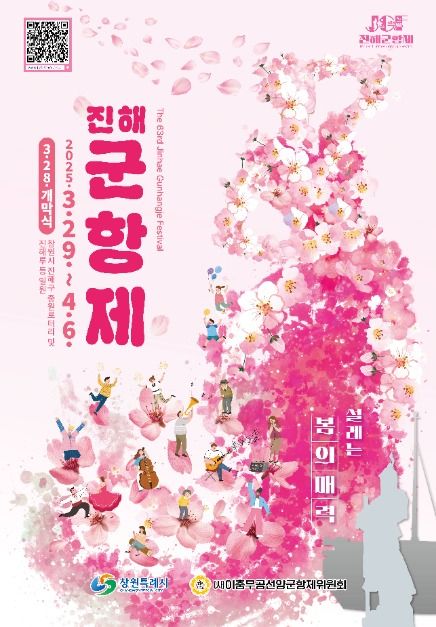
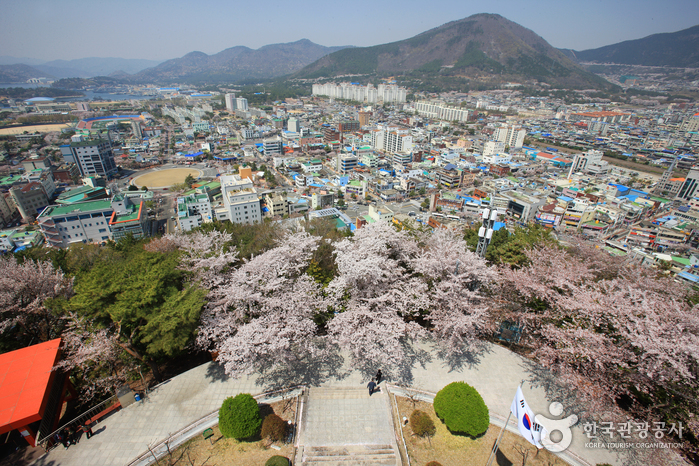
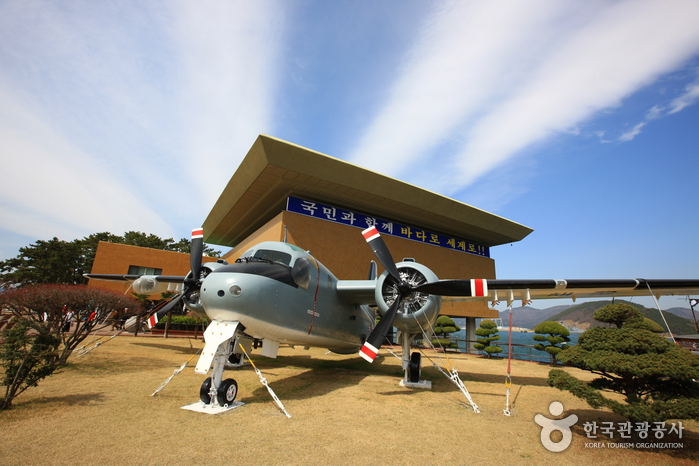
![Lotte Mart - Jinhae Branch [Tax Refund Shop] (롯데마트 진해점)](http://tong.visitkorea.or.kr/cms/resource/89/2886289_image2_1.jpg)
![Homeplus - Jinhae Branch [Tax Refund Shop] (홈플러스 진해)](http://tong.visitkorea.or.kr/cms/resource/92/2886292_image2_1.jpg)
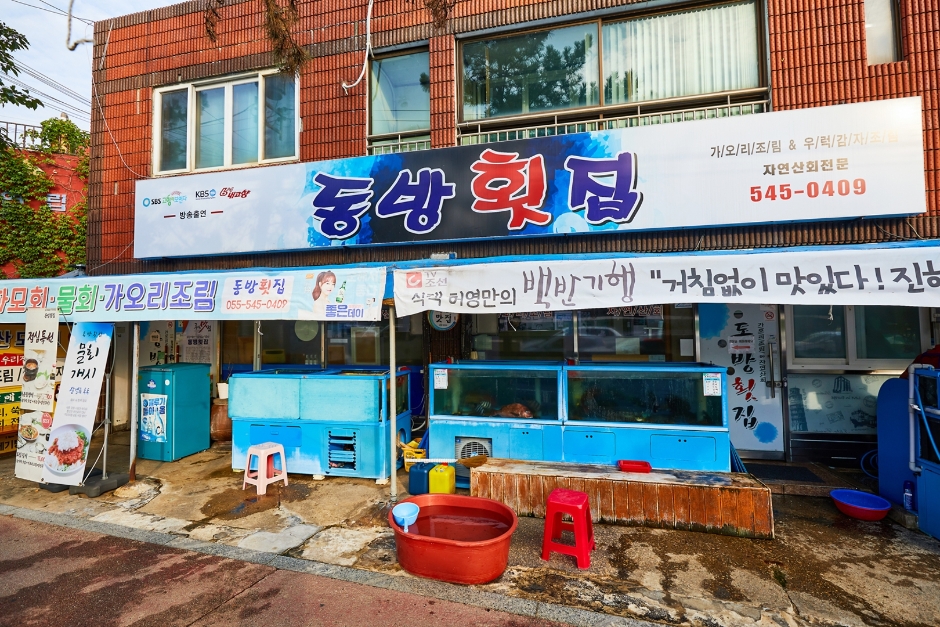
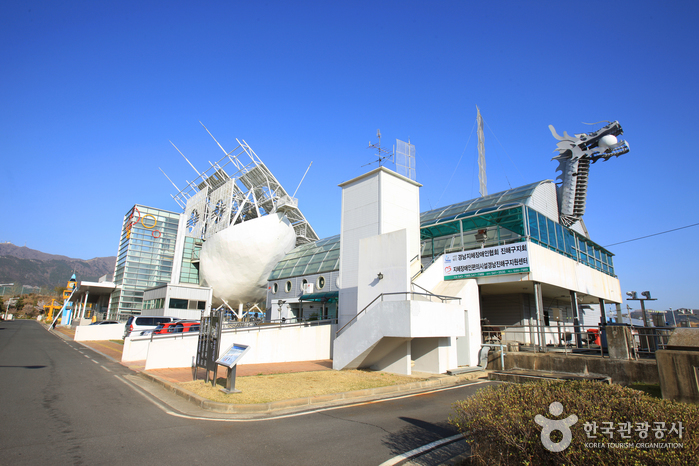
 English
English
 한국어
한국어 日本語
日本語 中文(简体)
中文(简体) Deutsch
Deutsch Français
Français Español
Español Русский
Русский